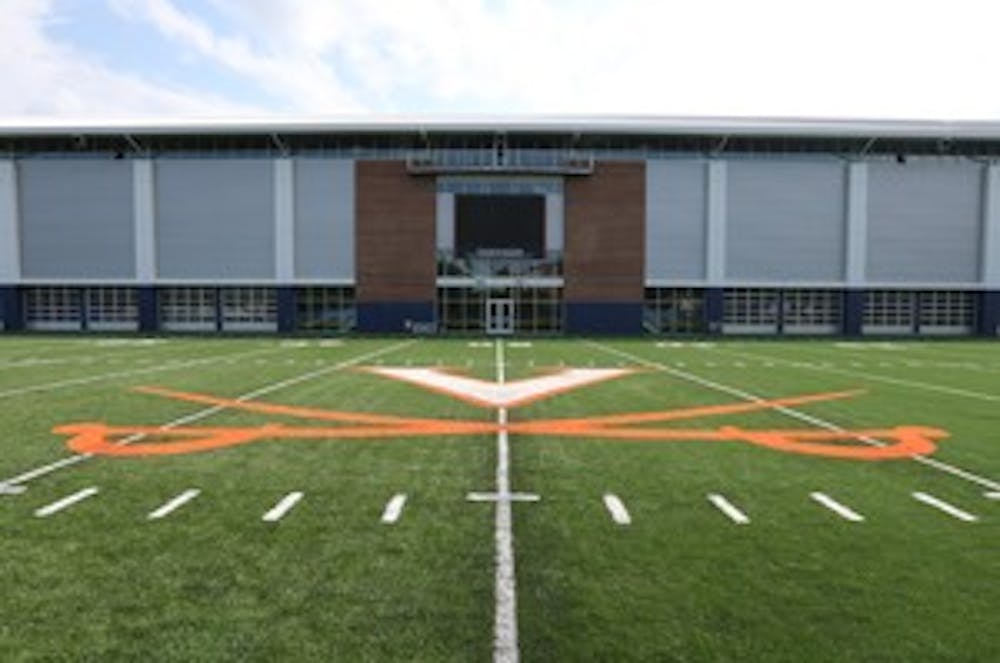The House of Delegates passed a bill Jan. 23 which will cap the percentage of student fees supporting athletics in all Virginia higher-level-education institutions. House Bill 1897 — sponsored by Del. Kirk Cox, R-Colonial Heights — requires schools to limit student fees funding their athletic department budgets.
Cox proposed the bill Jan. 14 after reviewing a comprehensive examination of higher level education by the Joint Legislative Audit and Review Commission in Virginia. JLARC found that although only three percent of students at Virginia institutions participate in varsity athletics, an average 69 percent of subsidies for athletic departments come from student fees.
Cox said this situation means less funding for academics because less student-generated capital is available for non-athletic department use.
“If an institution uses up what it can reasonably generate on athletic costs, it doesn’t really have the ability it needs to generate non-general funds for academics,” he said. “That drafts demands for increased general funds to support those academic functions.”
As a result, a school in need of additional funds is likely to turn to the Commonwealth government for help. This showcases the close relationship the public government has with higher level education institutions, Cox said. Given the legislature’s connection with the policies of higher level public education financing, Cox said the bill is intended to ensure Virginia athletic departments find ways to generate revenue outside of increasing student fees.
“One of the things I’ve really tried to push with them is they need to get their generated revenue up,” he said. “The statistics have shown that student fees have gone up a lot faster than generated revenue.”
The House studied 230 NCAA Division I schools and determined the average percentage of student subsidy for the athletic department in several different categories of schools — including Division 1A, FBS and 1AA. These percentages served as benchmark figures with which the legislature assessed Virginia institutions and set fee caps.
The University — a member of the “Power Five” Division 1A category — is allowed to allocated up to 20 percent of student tuition to its athletic department. However, the University allocates about 15 percent of student fees for athletics, so the bill does not directly impact the University’s current budgeting system.
Schools currently allocating funds to athletic departments greater than what the new bill allows have five years to transition below the threshold. The state government will require that these institutions submit five year plans outlining how the decreased student subsidy will be achieved.
All public educational institutions in the state of Virginia are divided into three tiers, which successively determine how much financial and administrative operational authority the institution has. Should a school fail to decrease the percentage of funds supporting varsity athletics after the five years, it would be dropped to a lower tier.
The University Athletic Department declined to comment.







